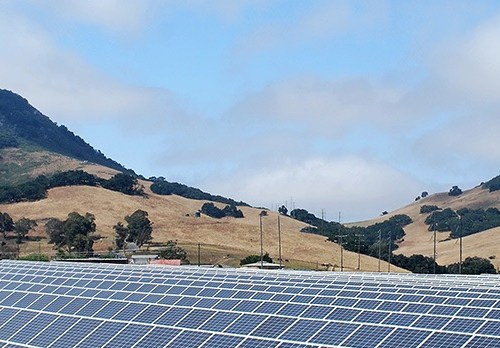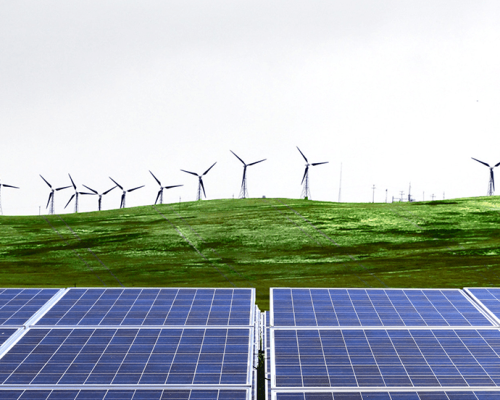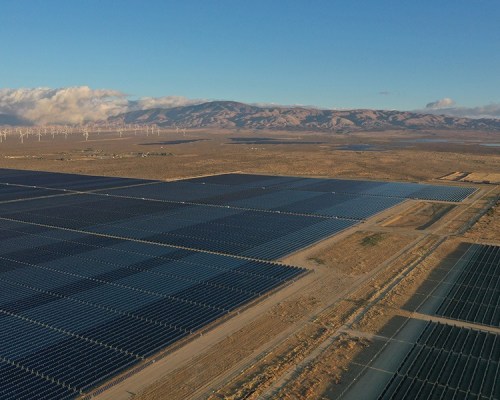Achieving Sustainability Commitments
By George Plattenburg
Sustainability is one of the driving forces behind many of the interesting programs and projects at Duke Energy One. Many customers are faced with a broad range of challenges in meeting sustainability commitments while improving sustainability in their operations and are looking for ways to deliver these improvements while also achieving necessary financial returns. Duke Energy One works with these customers to design, develop and deliver custom solutions that include measurable sustainability improvements and savings.

It probably won’t come as a surprise that these improvements typically involve reduced energy consumption and associated Scope 2 greenhouse gas emission reductions. It isn’t unusual for Duke Energy One to work on projects that deliver site-specific reductions of 10% to 25% in this category. What might be a surprise is the potential impact seen in other greenhouse gas emission scopes and in other sustainability program goals, including waste and water.
Waste-to-energy initiatives often use internally generated waste byproducts as the fuel source for meeting site energy needs while simultaneously helping to reduce the amount of waste sent to landfills.
Depending on the type of waste, various methods can be deployed to incinerate the waste and capture the heat it contains. Once this heat has been released, it can be used to generate steam, hot water or hot oil or even to provide chilled water or electricity. This new high-value, converted energy stream can displace or augment similar energy streams that are currently generated on-site and require investment in capital and operating expenses including source energy, such as natural gas or electricity. The net impact is often reduced energy consumption and GHG emissions, as well as reductions in solid waste generation.
Cogeneration, or combined heat and power (CHP), has some similar benefits. A CHP system involves the generation of electricity on-site, as well as the simultaneous capture of the heat of generation, which is used to meet thermal energy needs.
Similar to a waste-to-energy plant, that thermal energy capture can take many forms, including steam, hot water and chilled water. CHP plants can be designed to meet site thermal or electrical needs and typically tie into the existing electric utility and site distribution network, providing an improved reliability of service. The net impact is typically reduced site energy consumption because of the displacement of other thermal energy generating systems and associated reduced GHG emissions.
What about electric vehicles (EVs)? Can they contribute to customer sustainability initiatives? Yes, they can. EVs, especially fleet vehicles, are often a large component of Scope 3 GHG emissions. Initiatives to electrify these fleets and vehicles, or to source them with alternative fuels, will have a very large impact. Duke Energy One is beginning to work with customers on the design of infrastructure and charging capabilities to support these initiatives.
Tell us about your company’s sustainability commitments, and share the challenges in meeting those commitments. Duke Energy One brings expertise and creativity to the discussion, helping companies design, develop and deliver programs with measurable benefits that are technical, financial and sustainability-related.



